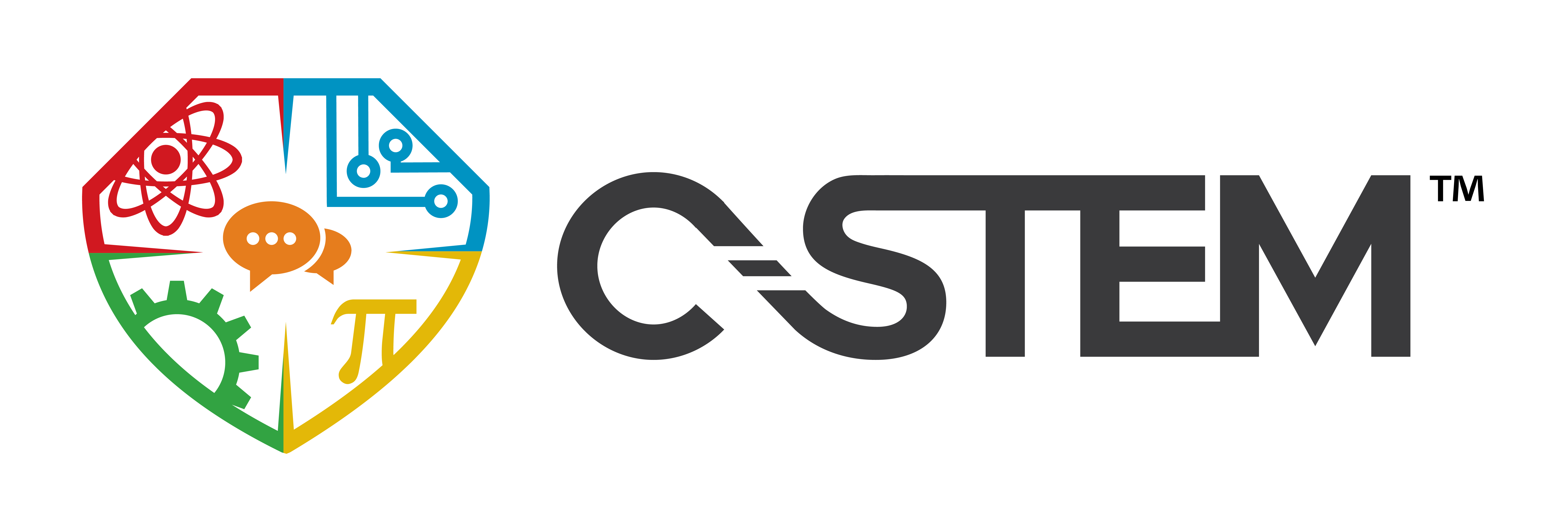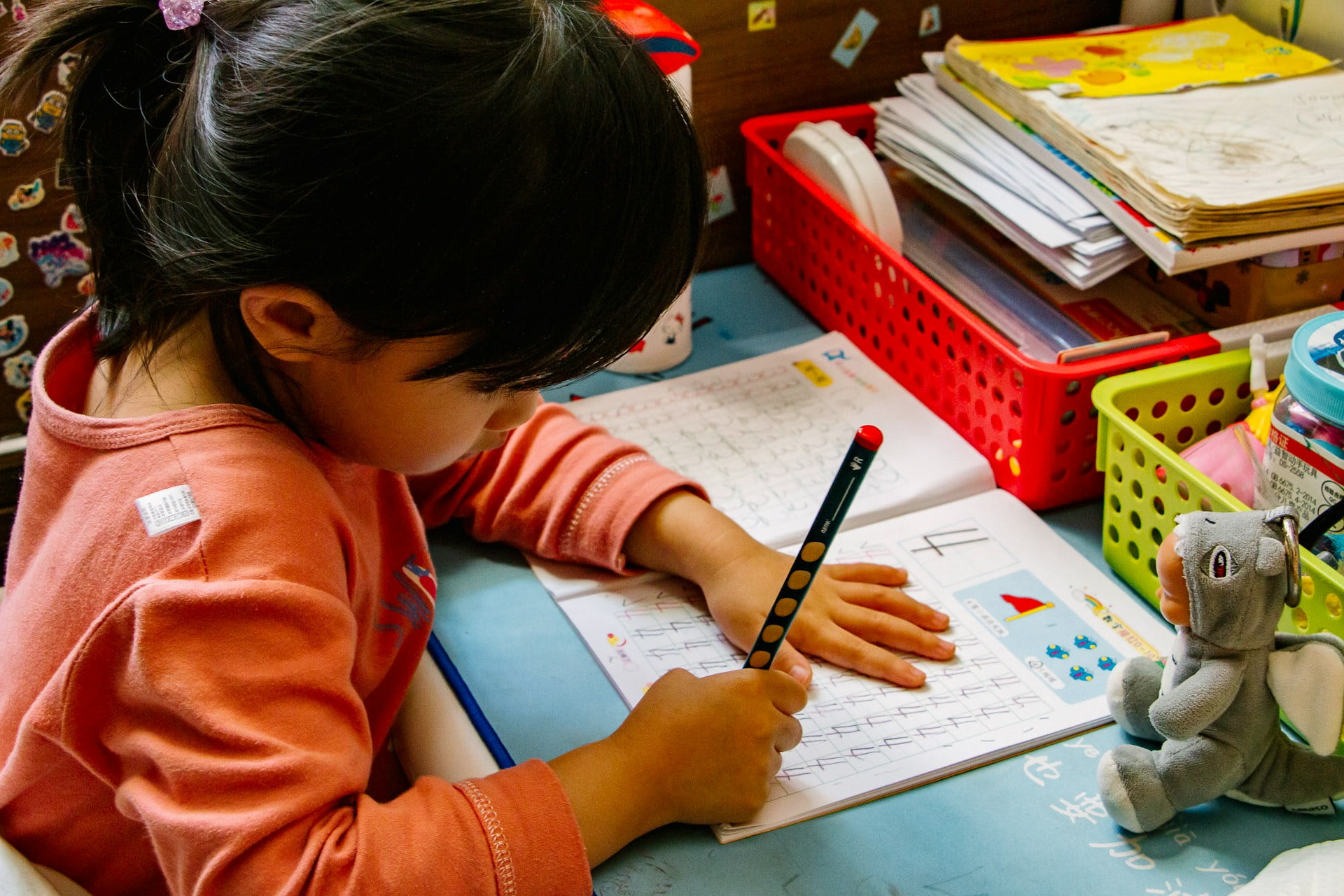Written by: Reagan Flowers, Ph.D.
According to a new study, mentoring from fellow students could be the key to improving academic experiences and success for female STEM students in college and beyond. The research project followed 150 female engineering students over eight years, from 2011-2019.
Addressing the Lack of Diversity in STEM Fields
STEM, in general, lacks gender diversity. This study focused on the area where representation could be improved most, engineering. Only 21% of engineering majors are women, and they account for less than 13% of the engineering workforce.
The study had some interesting components. First, the junior and senior mentors who worked with the freshman females were both male and female. The study further expounds on the effort by engaging male students, making the study more inclusive. The opportunity for those of different backgrounds and the chance to learn from each other is a valuable tool for decreasing learning gaps.
Second, the mentors received training. This is essential to ensuring that young female students have similar experiences working toward their goals.
Matching Like Backgrounds Proves More Successful
Even though the students had mentors of both genders, the females with female mentors fared better than those with male mentors. They showed greater confidence and were likelier to land professional internships and create their undergraduate degrees.
We can learn a lot from this. For example, you would see similar results for male students from economically disadvantaged neighborhoods and resource-limited schools learning from male students of similar backgrounds. Matching students in this way to provide the best outcomes possible while also giving them opportunities to get together and discuss their experiences could be the key to increasing racial and gender diversity in the STEM workforce in the coming decades.
At C-STEM, we regularly see the impact of mentoring with the help of our partners and supporters who visit and share with students. The possibilities inspire students who interact with STEM professionals who look like them, come from similar areas, or have experienced similar challenges. With peer mentoring in college, this can continue on a more consistent, personal level to help them stay the course.
From childhood to adulthood, most people are likelier to listen to those in their peer group than outside forces like teachers or bosses. But, as much of STEM requires hands-on engagement for success, it’s also crucial for these students to have someone to turn to for help when they’re struggling.
Building Diversity and Inclusion
Diversity and inclusion have become hotter topics in the last few years. This is encouraging, but when it comes to STEM education, proactive measures are essential. Schools can’t just say they are open to more diversity and inclusivity. They must address biases and discrimination, take a strong look at where students of color and females are falling behind and create programs to directly address the issues that continue to make STEM careers so disproportionate in representation.
Creating programs like peer mentorship can help make gender and racial diversity in STEM a reality. We also see great success in pursuing STEM paths for students with access to supplemental resources like at-home toolkits, summer camps, and STEM competitions. The more exposure to STEM we provide, and the more support we offer, the further we’ll go on our journey toward equal opportunity in STEM education.







